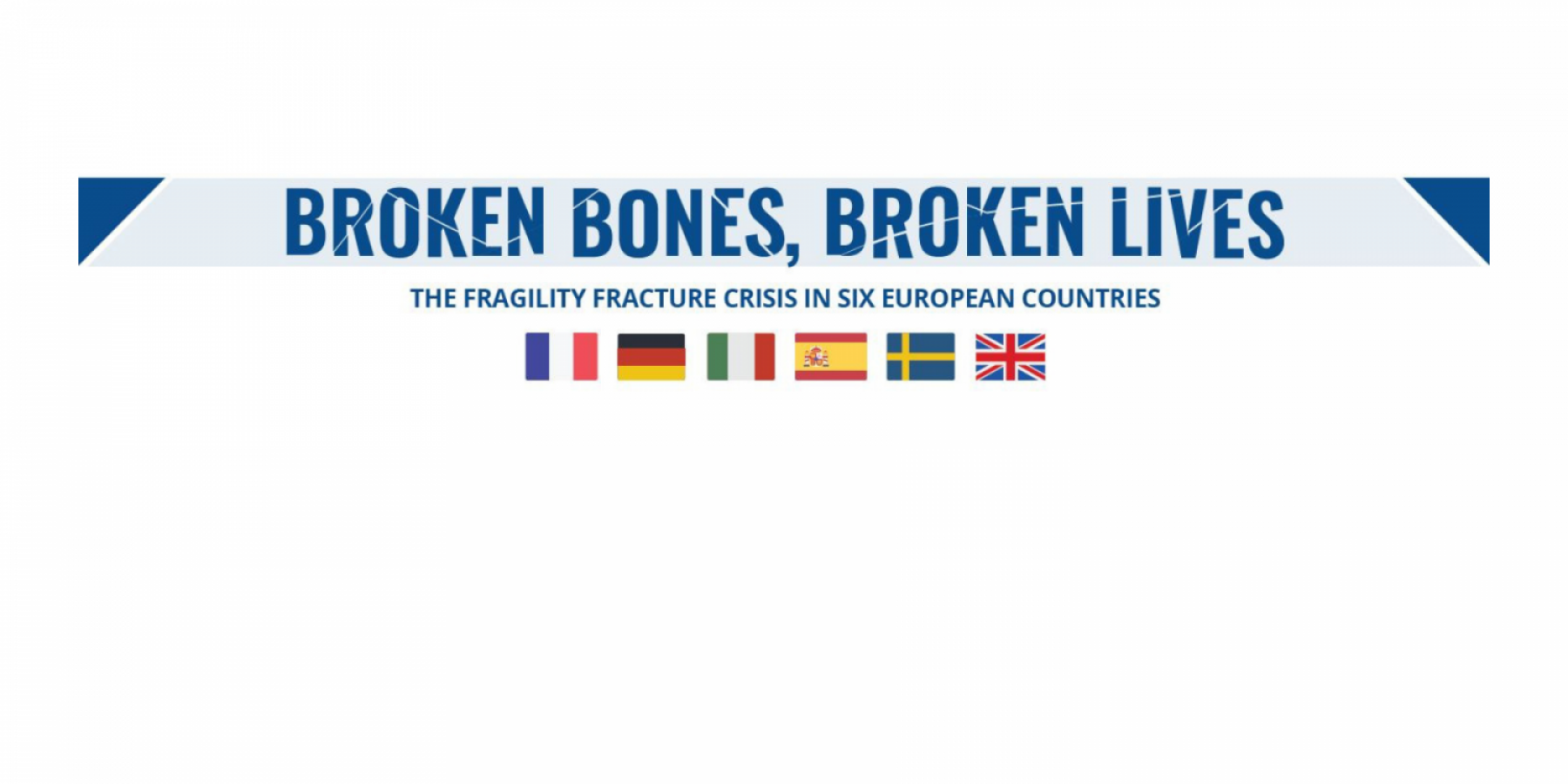Broken bones - Broken lives
10th February 2019

10th February 2019
In an effort to convince health authorities to take the necessary action for prevention, the International Osteoporosis Foundation (IOF) has published a new report looking at the burden and management of fragility fractures due to osteoporosis in six major European countries (France, Germany, Italy, Spain, Sweden, UK).
The report, "Broken bones, broken lives: A roadmap to solve the fragility fracture crisis in Europe," (with country-specific editions), provides new evidence that the clinical, societal and cost burdens associated with fragility fractures in Europe are a growing public health concern requiring urgent action.
The report reveals that:
Given the immense human and socioeconomic costs, IOF calls on healthcare authorities to act. A key step would be the implementation of Fracture Liaison Services (FLS) in clinics that treat fractures. Still all too rare, such coordinated care models represent a proven, cost-effective way to improve patient outcomes and reduce the cost burden to healthcare systems.